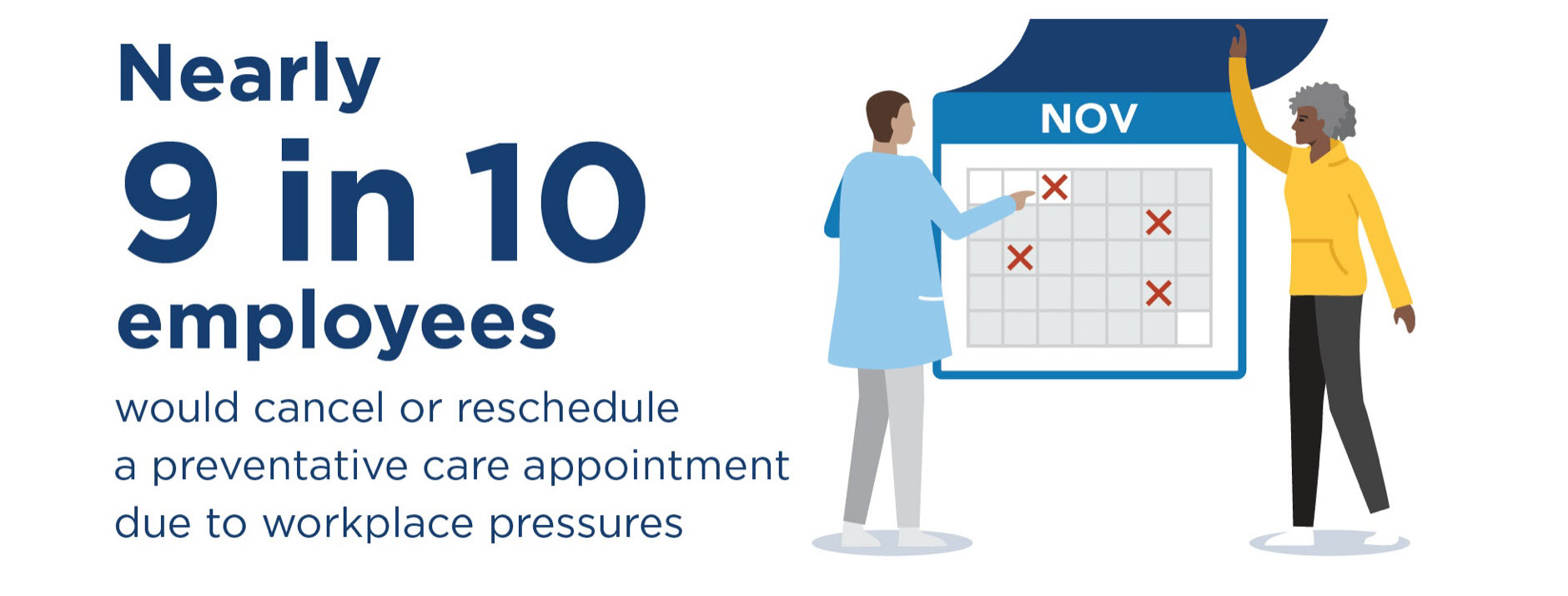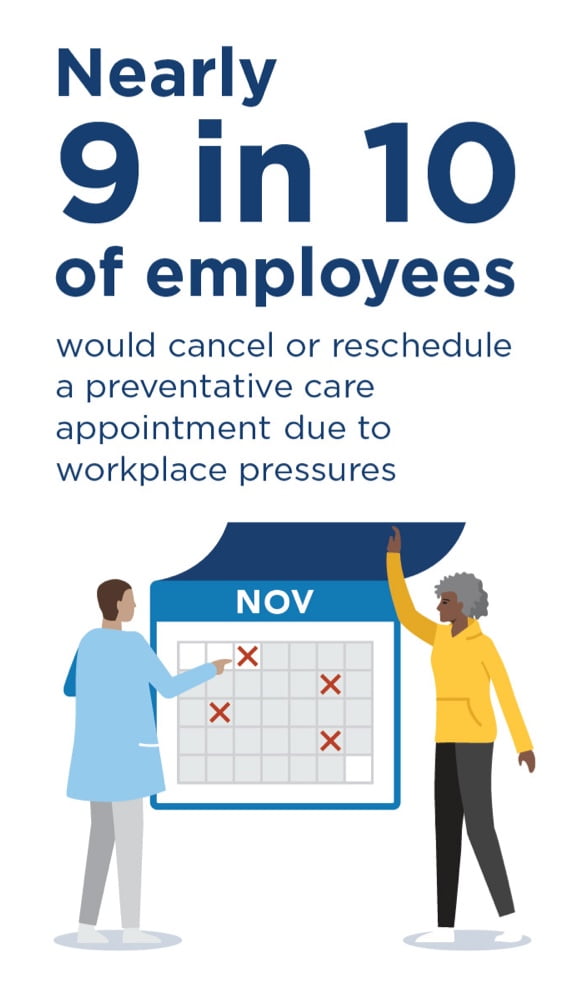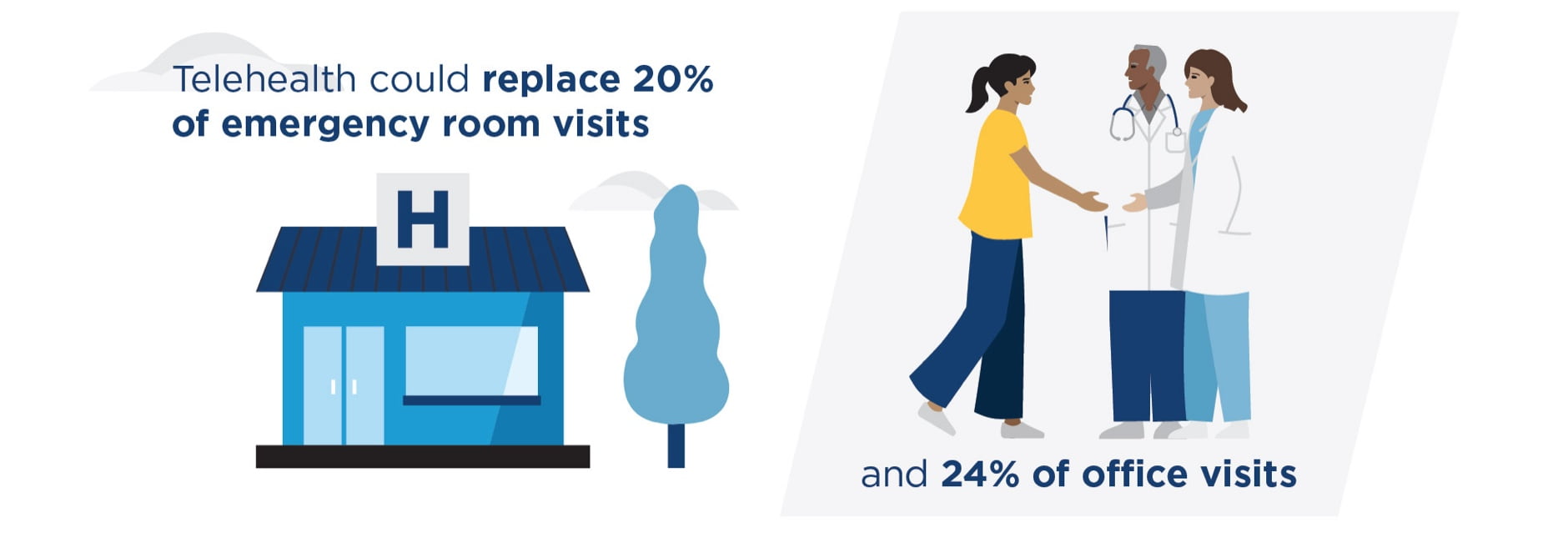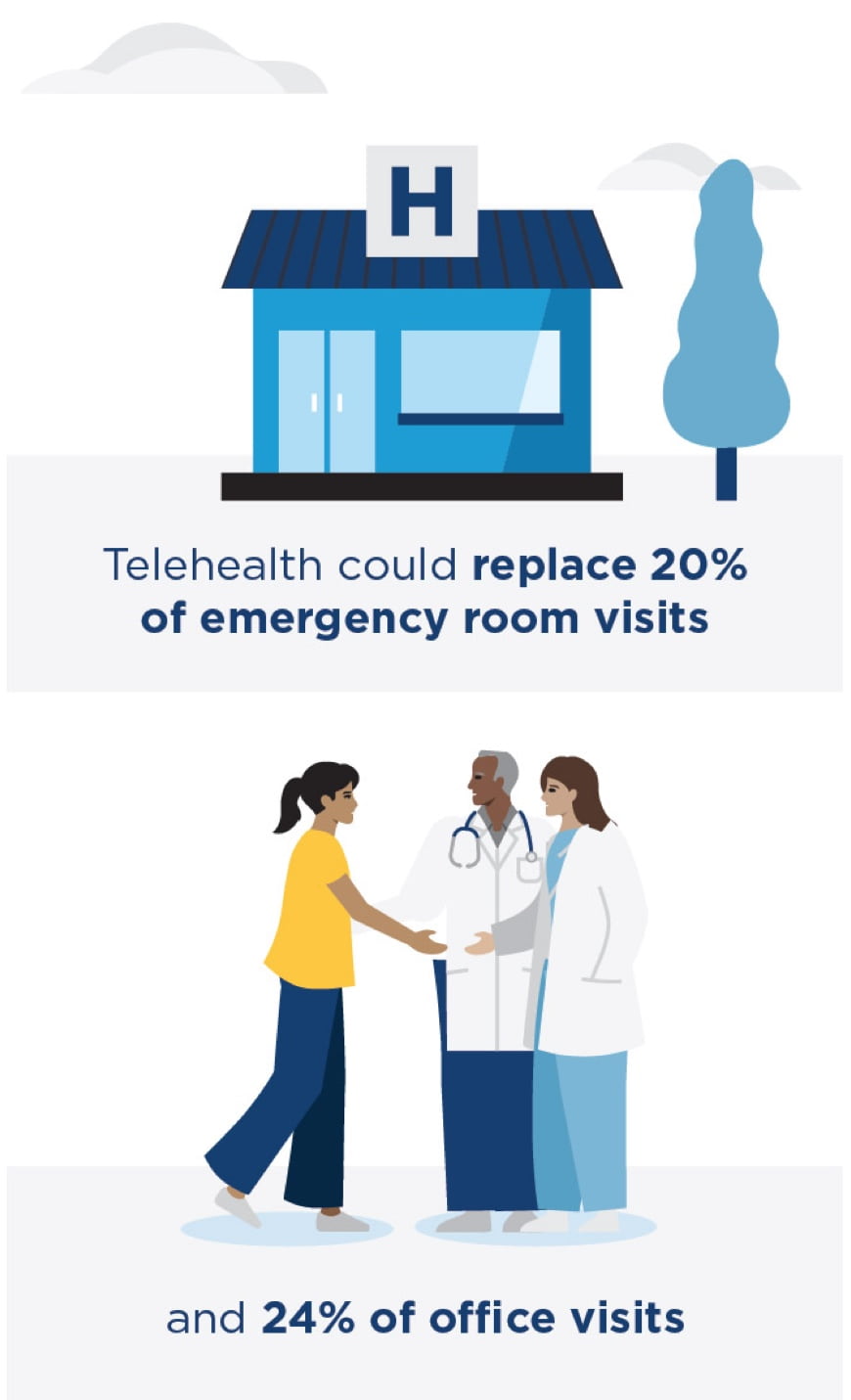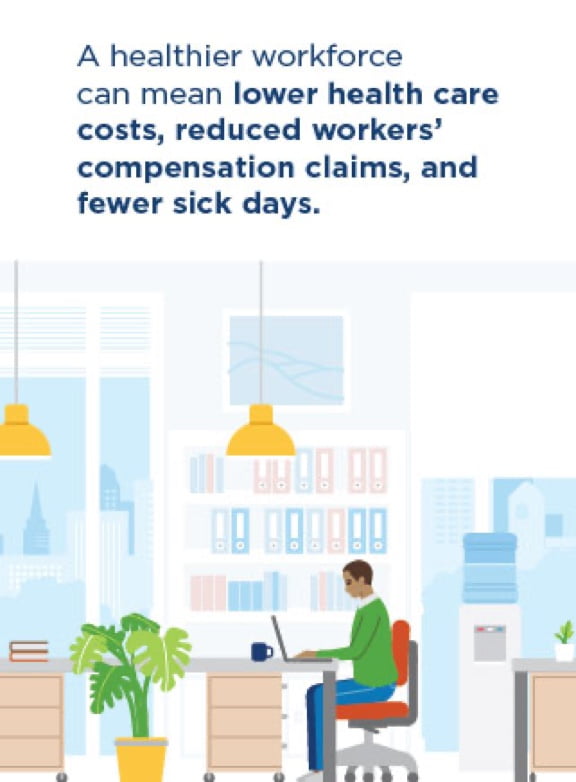Since chronic conditions affect 50% of employees and make up 86% of U.S. health care costs, it’s important that employers are set up to support employees with chronic conditions.1
Studies show that chronic conditions like heart disease, cancer, and diabetes are the leading causes of death and disability in the United States.2 When virtual care is connected to your employer-sponsored health plan, you can better support employees with chronic conditions.



